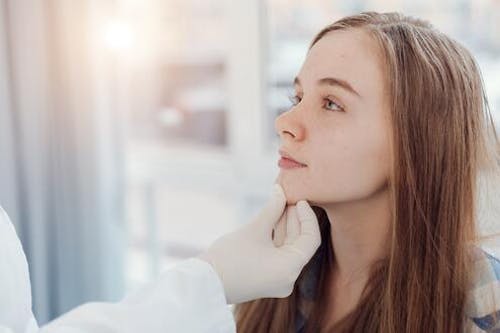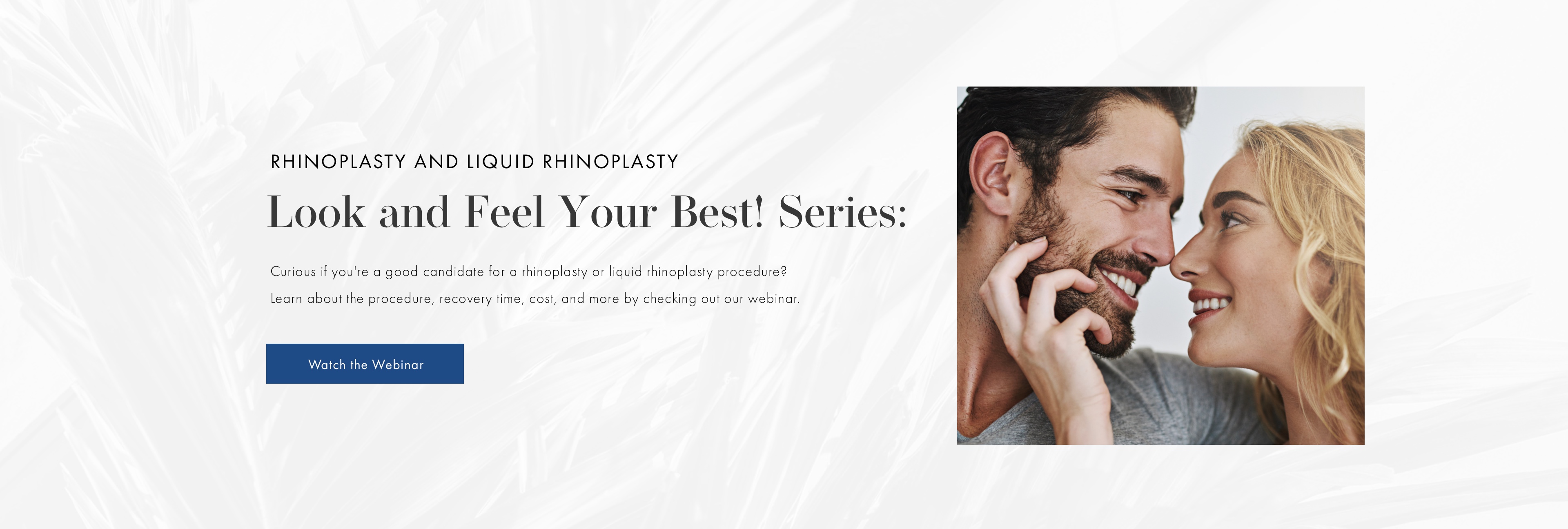On 23
Mar
2021

I am often asked by patients, “How young may I have a rhinoplasty?” Like so many questions, there is a short answer and a long answer. Before we get to the ‘short’ answer, let’s take a deep dive and explore the ‘long’ answer.
You may wonder what makes a patient too young for a rhinoplasty. Historically, doctors have long felt that the nose could not safely be operated upon until the facial bones have finished growing. In the past, we believed that the nasal septum (the cartilaginous partition separating the left side of the nose from the right side of the nose) was the center of facial growth and that if the septum was manipulated surgically at too young of an age, facial growth would be distorted. This has proven to be untrue based upon our experience with reconstructive surgery in patients with cleft lip and cleft palate.
Patients with cleft lip and cleft palate often have a unique nasal appearance known as the cleft nasal deformity. Because the shape of the nose has such an impact on our overall appearance and our self-esteem, there was a strong desire to perform rhinoplasty on cleft lip and cleft palate patients at an ever increasingly young age so that the patients could have the look of their nose restored to ‘normal’ at a younger age. This would allow them to move forward comfortably in life with an aesthetically pleasing facial appearance. Initially, doctors were reluctant to operate on these patients too young for fear of further distorting their facial appearance. Some heroic surgeons decided it would be best to operate on a cleft nose patient at a younger age so they would no longer suffer with the stigma of a distorted nose. In performing rhinoplasty on these patients as young as 12-13 years and at times younger, it was demonstrated that operating upon the nasal septum did not affect development of the facial skeleton. It was safe to perform rhinoplasty on patients as young as 12-13 years of age.
Based upon these findings, it is generally felt that it is safe to perform septorhinoplasty on a patient as young as 13 years of age. But, when is it safe to perform elective cosmetic rhinoplasty? It remains common practice to err on the side of conservatism to delay elective or cosmetic rhinoplasty for teen patients until 15 years of age in girls and 17 years of age in boys. That is when the facial skeleton is felt to be ‘mature’ and no longer developing in significant ways.
However, there are a number of circumstances outside of cleft nose that would lead us to perform rhinoplasty on an even younger patient than 15-17 years old. For example, if a patient has had prior nasal trauma resulting in a significant nasal deformity or airway obstruction that is causing concerns with appearance, self-esteem or difficulty breathing, then we would consider performing a rhinoplasty at a younger age. There are many occasions where a patient and his or her family are deeply bothered by their nasal appearance. Because the nose is such a prominent factor in one’s appearance, the nasal deformity may be affecting the self-esteem, social acceptance, and development of the patient. In such instances, most surgeons would consider a rhinoplasty at an age younger than 15 in girls and 17 in boys to foster the psychological development of the child.
Want to learn more? Watch the Rhinoplasty Webinar
In another way, the age limit of 15 to 17 years of age is also really somewhat arbitrary. We feel that the facial skeleton is largely fully developed by age 15 in girls and age 17 in boys, but in fact, our facial skeleton continues to change throughout our lifetimes. Think about it … compare the high school graduation photo of a loved one with the college graduation photo of that same person. Clearly there has been further development in facial skeleton and facial appearance from high school to college. As we age with time, we lose facial volume not only in the soft tissues of the face but also in the bony skeleton of the face. The facial skeleton of an aged individual has very different shapes and proportions than the facial skeleton of a more youthful person. So, in fact, the facial skeleton is ever-changing and there is not really a point at which the facial skeleton is fully developed. And so, there is really no magical point at which a patient suddenly becomes eligible for rhinoplasty.
When I am meeting in consultation with a younger patient considering rhinoplasty, I generally follow the benchmark of 15 years of age in girls and 17 years of age in boys, but I inquire further. Often, I will ask about the patient’s height, growth history, timing of growth spurt, onset of menses, as well as the heights of the parents to help determine how mature the patient is in terms of their growth and development. Indeed, these factors may be used in determining the proper age for rhinoplasty. Upon further inquiry, patients may be eligible for elective cosmetic rhinoplasty before ages 15-17, especially if they appear to have matured or if there are overriding psychological considerations suggesting the patient would benefit from early rhinoplasty.
So, in summary, the question of what is the youngest age at which to have rhinoplasty is actually a complicated question to which there is no clear answer. Instead, like with so many questions in medicine, the question and answer need to be tailored to the individual. That being said, I would advocate rhinoplasty for adolescents at 15 years of age in a girl, 17 years of age in a boy, but these age limits are to some extent arbitrary and may be lowered to a younger age based upon extenuating circumstances in individual cases.


